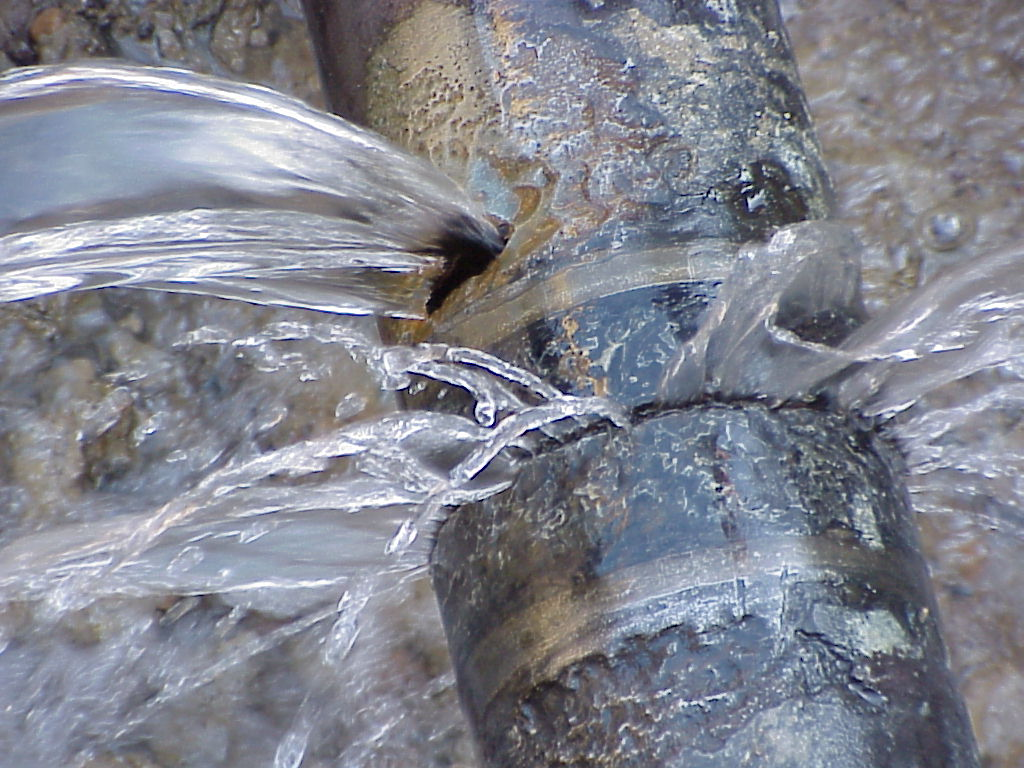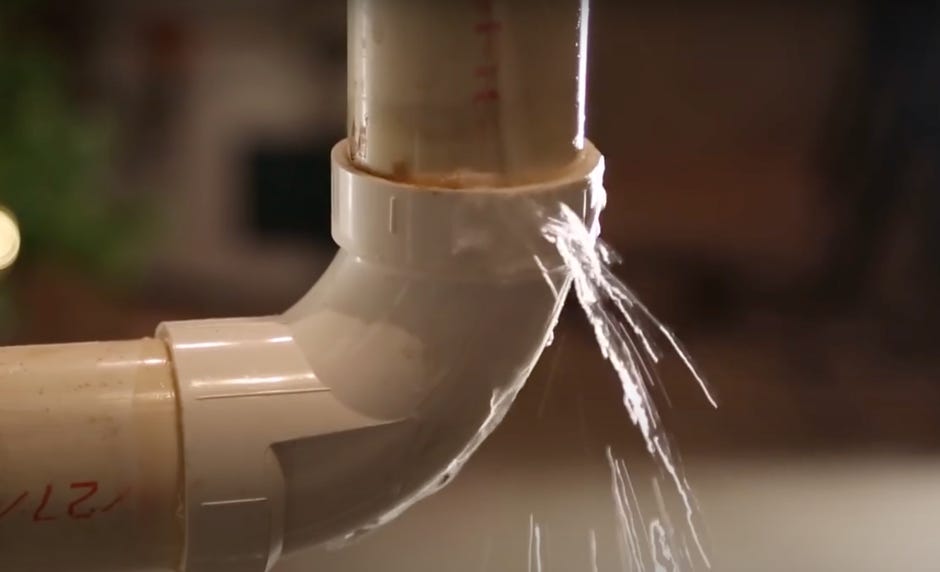Just how do you actually feel in relation to What to Know Before Installing a Dishwasher?

A ruptured pipeline is a significant emergency; you can just stand as you watch water you pay a lot to rejoin with the planet. In worse cases, you notice a swimming pool on your kitchen area floor, which is a great journey danger, especially if you have youngsters around. If the pipeline that burst was in your wall surfaces, trouble: you may need to paint that whole section.
How can a tragedy like a ruptured pipe be prevented as well as handled? Well, by listening to your specialist emergency plumbings and adhering to these policies.
How do I recognize when my pipelines have burst?
Changing water pressures
Pipelines do not simply burst in a day. You may have seen that your kitchen area tap or shower does not run instantly when you turn the tap. It may stop for a few secs and after that blast you with even more force than usual.
In other instances, the water might seem typical initially, after that drop in stress after a few secs.
Wet wall surfaces as well as water stains
Prior to a pipe ruptureds, it will leakage, many times. If this relentless leaking goes undetected, the leak might graduate right into a broad gash in your pipeline. One easy method to prevent this emergency is to watch out for damp walls advertisement water spots. These water discolorations will lead you right to the leakage.
Puddles under pipes as well as sinks
When a pipeline bursts, the discharge forms a pool. It may show up that the pool is growing in dimension, and regardless of how many times you mop the pool, in a few mins, there's an additional one waiting to be cleaned. Commonly, you might not be able to map the puddle to any kind of visible pipelines. This is an indication to call a specialist plumber.
Untraceable dripping sounds
Pipe ruptureds can take place in the most undesirable places, like within concrete, inside wall surfaces, or under sinks. When the house goes quiet, you may have the ability to listen to an irritatingly relentless dripping noise. Also after you've inspected your shower head and kitchen area faucet, the dripping might proceed.
Precious viewers, the dripping may be originating from a pipe inside your walls. There isn't much you can do concerning that, other than tell a professional plumber.
Turn off the Water
When water ices up, it increases in volume by regarding 9 percent. As well as it increases with tremendous force: The pressure inside pipelines might go from 40 extra pounds per square inch to 40,000 psi! No pipe can hold that much pressure, so it breaks open. The break may happen where the ice kinds, yet more often, it occurs where water pressure discovers a weak point in the pipeline. That might be inches or even feet from the frozen area. Discover the water shutoff valve as well as shut off the water to stop even more damages. You could also need to shut off the electrical power as well, depending upon where the leakages occurs as well as exactly how large it is.
Infected water
Many people assume a burst pipe is a one-way electrical outlet. Fairly the contrary. As water spurts of the hole or tear in your plumbing system, contaminants locate their way in.
Your water may be polluted from the resource, so if you can, examine if your water container has any kind of problems. However, if your drinking water is supplied as well as cleansed by the local government, you must call your plumber quickly if you see or scent anything amusing in your water.
What do I do when I detect a ruptured pipeline?
Your water meter will certainly continue to run even while your water wastes. To minimize your losses, find the main controls and turn the supply off. The water pipe are an above-ground structure at the edge of your home.
How to Fix & Detect a Leaking Pipe
How Do I Know if a Pipe is Leaking?
Leak detection tests can help you determine if your pipe has a leak. Even if you don’t see an apparent leak, you should still conduct leak detection tests regularly to save water and money—and prevent major damage to your home.
Water meter. It can be helpful to figure out what your usual water meter usage numbers are and then monitor them regularly. To monitor your meter, first, turn off all water faucets in your home. Check the meter and write down the numbers. In a few hours, check the meter again. If the numbers have changed, you have a leak. Water gauge. Use a water gauge to test your water pressure. Your showerhead should produce a certain amount of water pressure based on its model and design. If the pressure is lower than it is supposed to be for that specific showerhead, your home likely has a leak. Puddles. Look inside your bathroom, laundry, and kitchen sink cabinets. Puddles around the cabinets or around toilets, tubs, showers, and washing machines indicate the presence of a leaking pipe. You may also notice loose tiles, peeling or flaking paint, or mold caused by water accumulation. Napkin test. Even if you don’t see any puddles, you may still have a leak. You can test for water leaks in the bathroom, laundry, and kitchen by wiping below-sink connections with a napkin, paper towel, or piece of toilet paper. If it becomes damp, you probably have a leaking pipe under the sink. Discolored walls. Walls that are discolored—usually with brown or yellow stains—or bulging might mean that they have been impacted by water damage caused by a leaking pipe. Smell. A leaky pipe will create sitting water, and over time, that water may develop a musty smell. If your home smells musty, but you can’t locate the source, it may be due to a leak. Steps for Fixing a Leaking Pipe
A leaky drain can be remedied by tightening the pipe base, replacing the drain seal, caulking the rim, and tightening the pipe nut. Similarly, a leaking toilet pipe can be treated by tightening the packing nut. You may also need to replace the valve. A leaky faucet may just need tightening or replacement of the washers. If that doesn’t work, consider replacing your faucet. If your pipe has a hole in it, you may want to use a pipe leak sealer or pipe leak tape. This quick fix for water pipe leaks can also temporarily fix a copper pipe leak. https://www.ahs.com/home-matters/quick-tips/how-to-tell-if-pipes-are-leaking/

Do you enjoy reading up on How to Install and Connect a New Dishwasher? Try to leave a remark down the page. We would be pleased to know your thinking about this write-up. We hope that you come back again later on. I beg you take the time to share this article if you liked it. Thanks for your time. Please visit our site back soon.
Click Here!